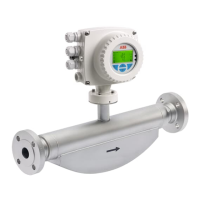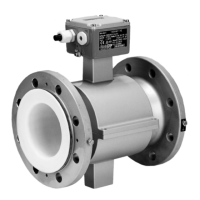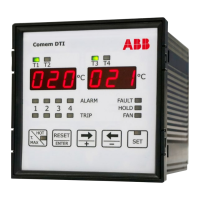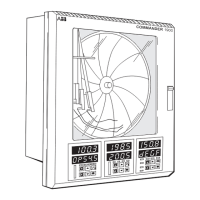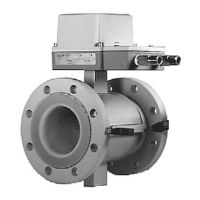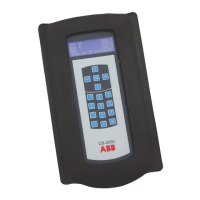—
CHAPTER 5
Configuring gas sensors
Under normal circumstances, CoreSense M10 gas sensors need little to no fine-tuning.
At the factory, the CoreSense M10 is configured to report level warnings and alarms for the following
measurement points: moisture (H₂O), hydrogen (H₂), methane (CH₄), acetylene (C₂H₂), ethylene
(C₂H₄), ethane (C₂H₆), carbon monoxide (CO), carbon dioxide (CO₂), and total dissolved combustible
gas (TDCG*). Warning and alarm threshold values, as indicated in the table below, are derived from
Condition 3 (warnings) and Condition 4 (alarms) as defined in the IEEE Std C57.104-2019.
Table 1 shows values for transformer operating with mineral oil. See Appendix E for synthetic ester,
natural ester or silicone fluids.
—
Table 1 Default dissolved gas concentration limits for mineral oil (µL/L [ppm])
Gaz Warning threshold Alarm threshold Default state
Moisture (H₂O) 10 20 Enabled
Hydrogen (H₂) 80 200 Enabled
Methane (CH₄) 90 150 Enabled
Acetylene (C₂H₂) 2 7 Enabled
Ethylene (C₂H₄) 50 100 Enabled
Ethane (C₂H₆) 90 175 Enabled
Carbon monoxide (CO) 900 1100 Enabled
Carbon dioxide (CO₂) 9000 12500 Enabled
TDCG* n/a n/a Disabled
Propene (C₃H₆) 15 30 Disabled
Propane (C₃H₈) n/a n/a Disabled
* TDCG is the sum of H₂, CH₄, C₂H₆, C₂H₄, C₂H₂ and CO, as per IEEE Std C57.104-2008.
NOTICE
Despite well-documented default values, it remains the user’s responsibility to properly
configure the CoreSense M10 monitoring system.
NOTICE
As illustrated later in the chapter, it is possible to configure rate-of-change (RoC) warning
and alarm thresholds for each measurement point, and also to configure level alarms for
oil temperature, propene (C₃H₆) and propane (C₃H₈).
None of these features are enabled by default.

